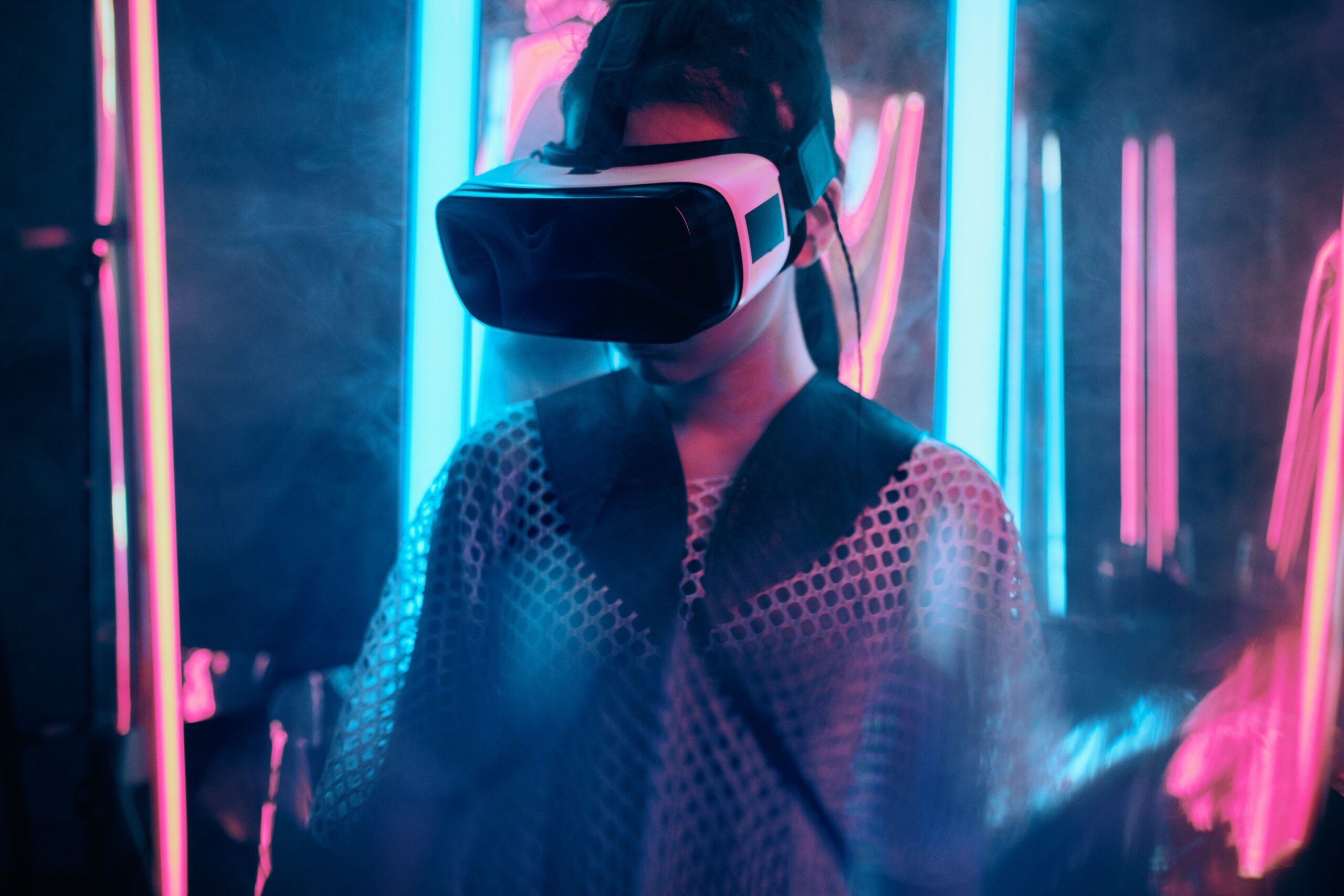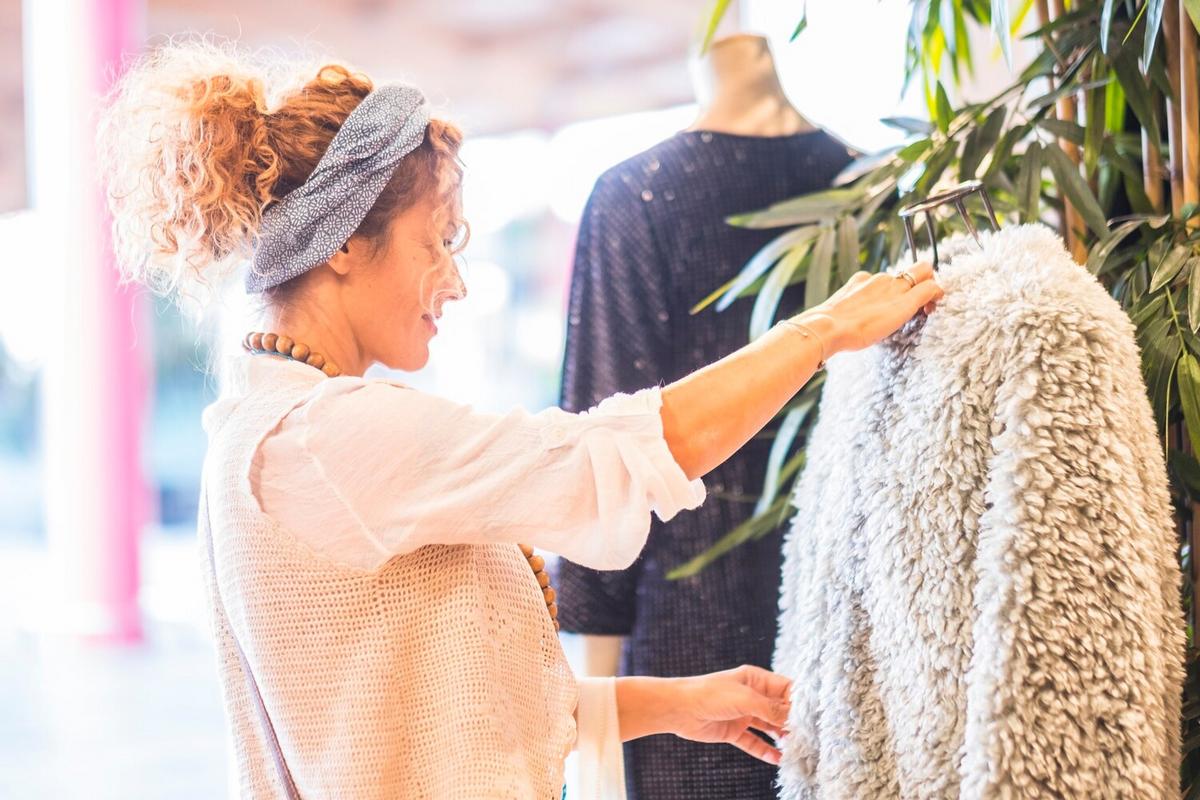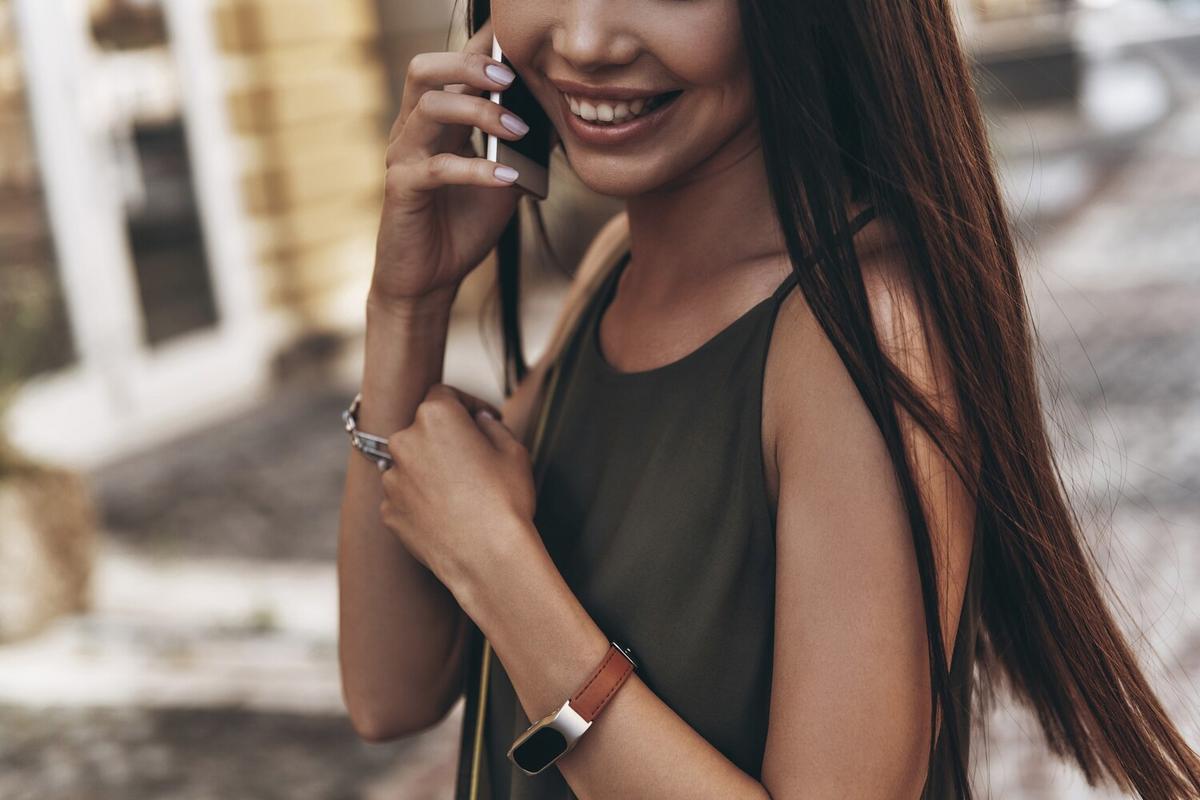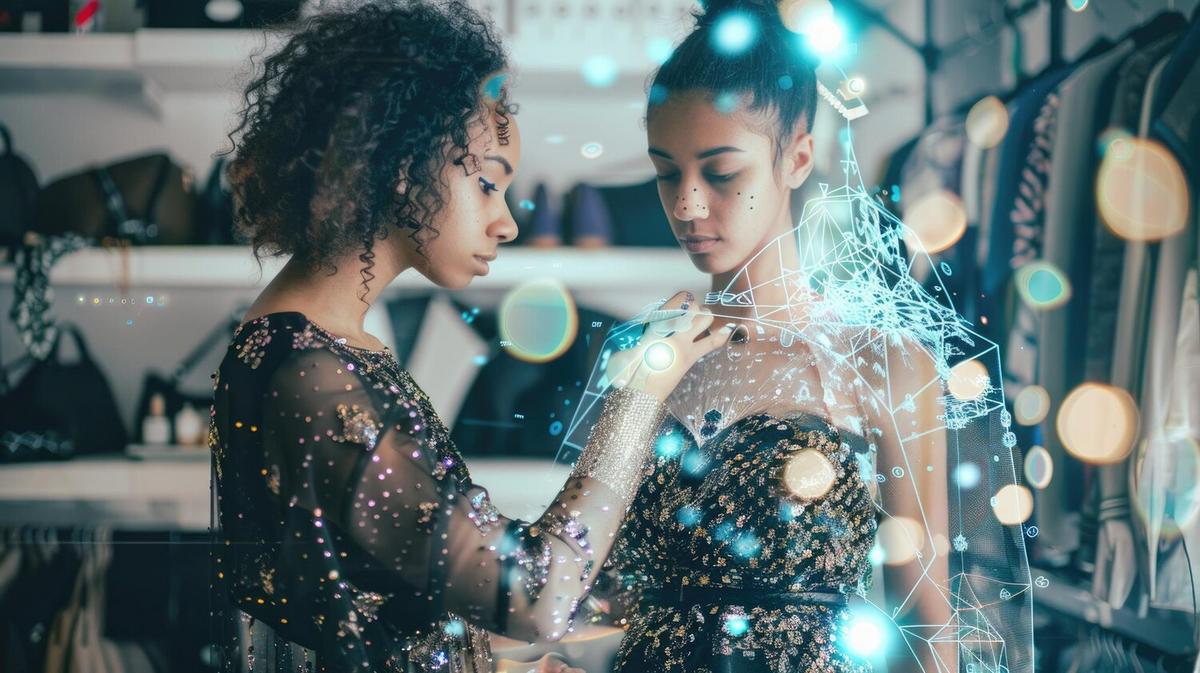
The Rise of Augmented Reality in Fashion Retail
Augmented reality (AR) is weaving its way into the fabric of fashion retail, transforming how consumers interact with brands and products.
The Evolution of Augmented Reality in Fashion
Once considered futuristic, augmented reality is now reshaping the fashion retail landscape. By overlaying digital content onto the real world, AR offers a unique blend of physical and virtual experiences. This technology is enabling retailers to enhance customer engagement and provide innovative shopping experiences, both online and in-store.
Bringing Virtual Fitting Rooms to Life
One of the most exciting applications of AR in fashion is the virtual fitting room. According to a study by Gartner, retailers utilizing AR can boost their conversion rates by up to 40%. Virtual fitting rooms allow shoppers to “try on” clothes without needing to physically wear them, reducing the hassle of returns and enhancing satisfaction.
“AR is not just a novelty; it’s a practical tool that bridges the gap between online and brick-and-mortar shopping,” says Emily Weiss, a tech analyst specializing in retail innovations.
Enhancing In-Store Experiences
In addition to online applications, AR is revolutionizing in-store experiences. From interactive mirrors that suggest outfit combinations to smartphone apps that provide additional product information, AR is enriching the in-store shopping journey. A report by Retail Customer Experience highlights that 61% of consumers prefer stores offering AR experiences.
| Feature | Benefit |
|---|---|
| Virtual Try-Ons | Reduces returns, enhances satisfaction |
| Interactive Mirrors | Suggests outfit combinations |
| Product Information Apps | Provides detailed product insights |
| Augmented Store Navigation | Improves shopping efficiency |
| Personalized Recommendations | Enhances customer engagement |
| AR Fashion Shows | Engages audiences worldwide |
| Social Media Filters | Increases brand interaction |
| AR Games | Boosts brand loyalty through gamification |
Expert Opinions and Industry Insights
Experts believe that AR’s potential in fashion is vast and largely untapped. “The integration of AR in fashion retail is creating a dynamic environment where customer expectations are consistently exceeded,” notes Michael Stein, a retail technology consultant. With an increasing number of brands adopting AR, the trend shows no signs of slowing down.
To effectively implement AR, retailers should focus on user-friendly interfaces and seamless integration with existing systems to enhance the customer experience.
FAQs
Frequently Asked Questions
How does augmented reality improve online shopping?
AR allows customers to visualize products in a real-world context, improving confidence in purchasing decisions.
What are some challenges of implementing AR in fashion retail?
Challenges include high development costs and ensuring compatibility with various devices.
Can AR help reduce product returns?
Yes, by providing virtual try-ons, AR can decrease the likelihood of returns due to fit issues.
Conclusion
The rise of augmented reality in fashion retail is more than a trend; it’s a paradigm shift in how consumers engage with products. By offering immersive and personalized experiences, AR is setting new standards in customer interaction. As technology advances, the opportunities for innovation in this space will continue to grow, making AR an essential tool for forward-thinking retailers.


